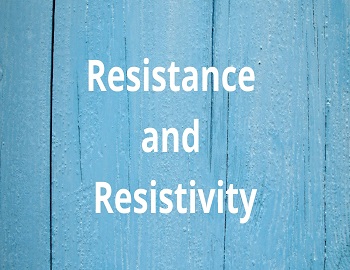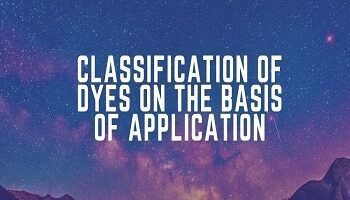Table of Contents
Phylum Nemathelminthes:
It is a phylum of unsegmented triploblastic pseudocoelomic cylindrical or thread-like worms which are covered by a body wall having cuticle and epidermis. Phylum Nemathelminthes includes roundworms and threadworms. It includes more than 15,000 species. This group was established by Grobben in 1910.
Characteristics of Phylum Nemathelminthes:
- Most of the animals of nemathelminthes are parasitic. A few are free living. The free-living forms are found in terrestrial, marine and freshwater habitats.
- These have organ-system organization and bilateral symmetry.
- These are triploblastic animals i.e. with three germ layers- ectoderm, mesoderm and endoderm.
- Pseudocoelm cavity is found between the body wall and the digestive tract.
- The skin is covered by a tough resistant cuticle. It is followed by snycytial (multinucleated) epidermis and muscle layer.
- These are the first animals to have a straight and complete alimentary canal. The pharynx is muscular and tri-radiate. The intestine is non-muscular. So these have a tube-within-a-tube plan.
- The respiratory system is absent. Respiration is aerobic in free-living forms. Parasites usually have anaerobic respiration. The exchange of gases occurs through the general body surface.
- Excretion occurs from the body cavity through excretory pores.
- The blood vascular system is absent. Transporation of materials may take place with the help of hydrolymph or psuedocoelomic fluid.
- The animals are commonly unisexual. Sexual dimorphism is also found in most species. Males are smaller with penial spicules for copulation. Separate gonopore is absent in them, i.e., they have a cloaca. A separate genital pore is present in females. Fertilization is internal. The animals are oviparous and ovoviviparous.
Examples- Ascaris (roundworm), Rhabditis, Ancylostoma (hookworm), Trichuris, Dracunculus, Enterobius, Wuchereria (filaria worm).
Advancements over Platyhelminthes:
- A true organ system level of organization.
- Tube-within-a-tube body plan.
- A complete digestive tract with mouth and anus.
- Presence of pseudocoelom.
- Unisexual nature.
- Development of sexual dimorphism.
- Absence of asexual reproduction.
- Determinate cleavage.









Comments (No)